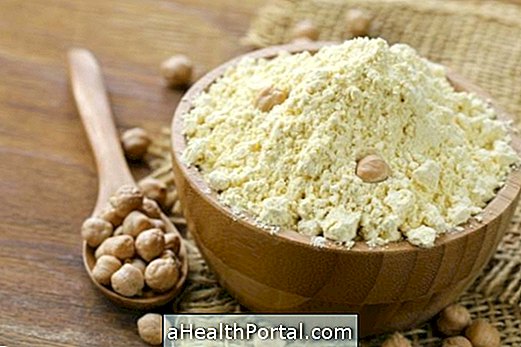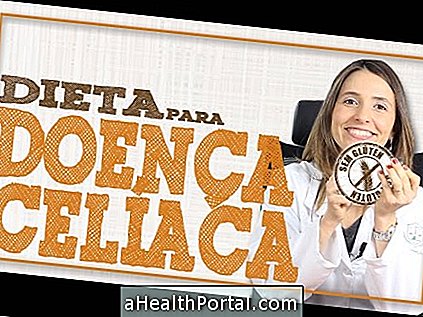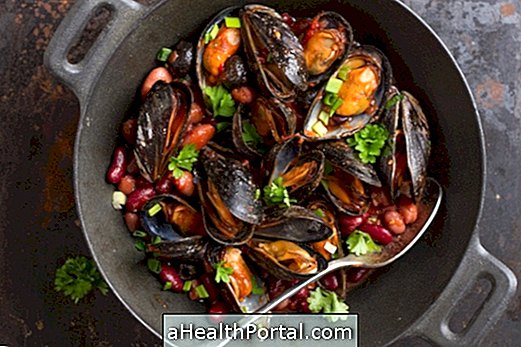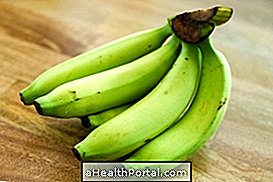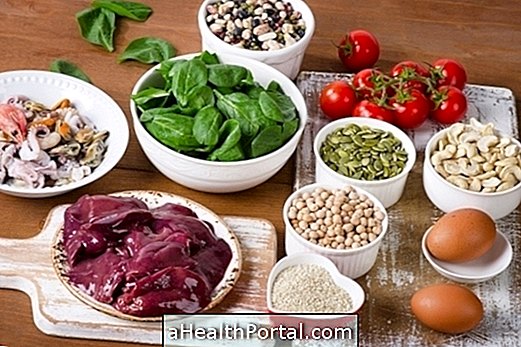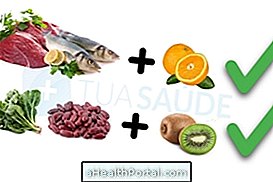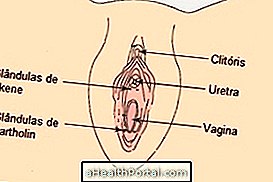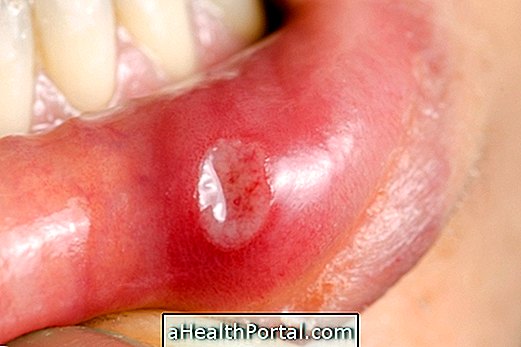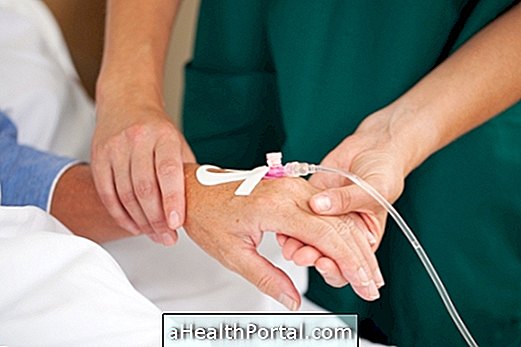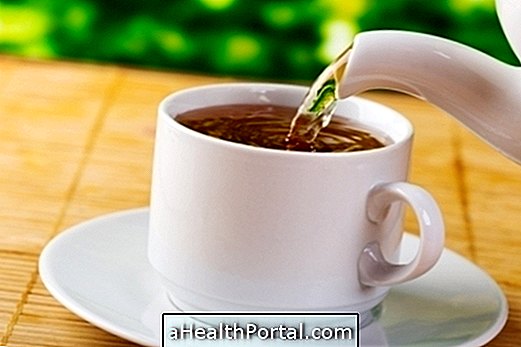In food for hemodialysis it is essential to control the intake of liquids and proteins and avoid foods rich in potassium and salt, such as milk, chocolate and snacks for example, so as not to accumulate in the body toxins, which aggravate the functioning of the kidneys. In this way, the diet is guided by a nutritionist so that the patient can ingest the correct amounts of nutrients and stay healthy.
In some cases, after the hemodialysis session, which is a treatment to filter blood and remove toxic substances from the body, the patient has nausea and lack of appetite, eating small amounts of food and making light meals to replenish lost energy .
Diet for hemodialysis
Patients on hemodialysis may eat carbohydrates, such as rice, pasta, flour, unsalted biscuits, or bread, without limitation if they are not on a diet to lose weight. These foods, besides providing energy, have little or no protein, sodium, potassium and phosphorus that can only be ingested in small amounts
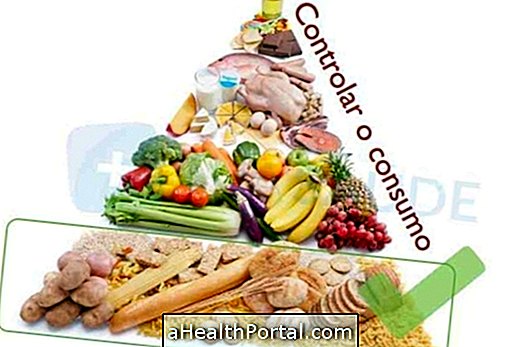
Thus, the patient undergoing hemodialysis has a change in the functioning of the kidneys and therefore needs:
1. Control the amount of protein
Protein consumption can be made but the amount that can be ingested at each meal depends on the weight and functioning of the patient's kidney and therefore the values are indicated by the nutritionist and should always be respected. Therefore, in most cases it is necessary to use a balance to weigh the amount allowed, and it is usually recommended 0.8 to 1g / kg / day.
The main source of protein should be from animal sources such as chicken, turkey and egg white because it is better tolerated by the body and in some cases it may be necessary to take nutritional supplements such as Ensure Plus, Nepro, Promod Protein Powder, for example, as indicated by the nutritionist. Learn More Protein-rich foods.


2. Limit potassium intake
It is necessary to control the intake of potassium, which can be found in most vegetables, fruits, milk and chocolate, because too much potassium in the blood leads to heart problems and muscle weakness.
Following is a table with foods that should be avoided and those that can be eaten.
| Foods High in Potassium - Avoid | Foods Low in Potassium - Eat |
| Pumpkin, Chuchu, Tomato | Broccoli and chili |
| beet, chard, celery | raw cabbage, bean sprout |
| radish | cashew |
| banana, papaya, cassava | lemon passion fruit |
| cereal, milk, meat, potato | watermelon, grape juice |
| chocolate, nuts | lime jaboticaba |
Dried fruits such as nuts, concentrated fruit juices, cooking broths and substitutes for salt or light salt are also rich in potassium and therefore must be eliminated from the diet. See those foods you should avoid because they are foods rich in potassium.
How to control the amount of potassium: A part of the potassium leaves the food, so it can be by soaking in water the food 2 hours before cooking or eating, or boiling them in boiling water.
3. Decrease the amount of salt
Sodium is usually ingested through foods high in salt and in excessive amounts can get accumulated in the body, leading to the sensation of thirst, swollen body and high blood pressure, which is very detrimental to the health of the patient on dialysis.
A patient undergoing hemodialysis normally can only consume up to 1000 mg of sodium daily, but the exact amounts should be indicated by the nutritionist. Thus, the patient should not add salt to food, since most foods already contain sodium.


How to control the amount of salt: Read food labels, avoid buying high-salt foods such as canned, frozen fast food and sausages, opting for fresh food. Another strategy is to use herbs, seeds, olive oil and vinegar to season. Learn tips on how to decrease salt intake.
4. Drinking Less Fluids
The amount of fluid that is taken daily varies with the amount of urine the patient makes. However, the amount of liquid to drink per day should not exceed 800 ml, including water, ice, juice, gelatin, milk, tea, mate, ice cream, coffee or soup, and it is important to record the fluids daily.
Fluids accumulate easily in the body, causing swelling because the kidneys are malfunctioning, leading to high blood pressure and heart problems and excess fluid in the body leads to weight gain, which should not exceed 2.5 kg between each session.


How to control the amount of liquids: use a measured bottle and drink that amount during the day; if you are thirsty put a small piece of lemon in the mouth and make mouthwash with water but do not swallow. In addition, you should breathe more through the nose than through the mouth helps not to dry the mucosa so much. Learn tips on how to drink water in chronic kidney failure.
5. Keep the body's minerals stable
The patient undergoing dialysis should keep the phosphorus, calcium, iron and vitamin D values balanced for the body to function properly. It is important to:
- Phosphorus: Excess phosphorus in the blood can cause fragility in the bones, which can lead to fractures, a lot of joint pain and itching in the body. In this way, it is necessary to control the amount of foods rich in phosphorus, such as milk, cheese, beans, nuts, and soft drinks, since this mineral is little withdrawn from the body during dialysis.
- Calcium: Generally, when limiting phosphorus, calcium is also limited because these nutrients are found in the same foods. Since it is not necessary to reduce the amount of calcium, it may be necessary to take a calcium supplement to keep the bones healthy.
- Vitamin D: In the case of the patient undergoing hemodialysis it may be necessary to take vitamin D supplementation, such as Rocaltrol or Calcijex in the form of tablets or injection to help absorb calcium and phosphorus.
- Iron: During the hemodialysis session there is loss of some amount of blood and iron or even incorrect feeding, which can lead to anemia, and it is necessary to take an iron supplement, indicated by the doctor.
The nutritionist should make a menu that is appropriate to the needs of the patient with kidney problems and who is undergoing hemodialysis, indicating the most appropriate foods and the correct amounts for each case.
Also learn how to feed after kidney transplants.
